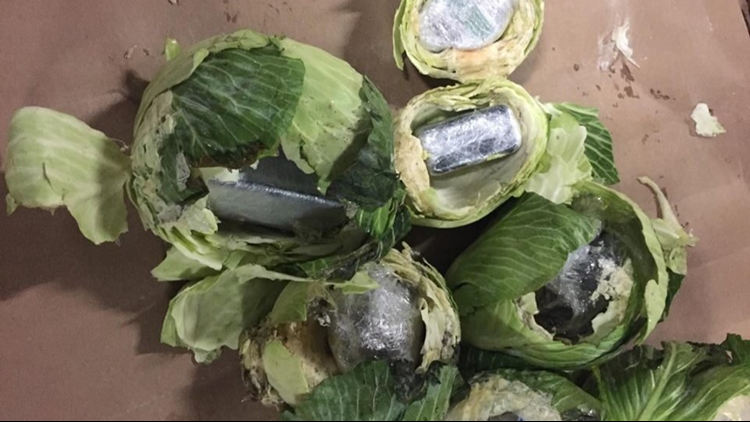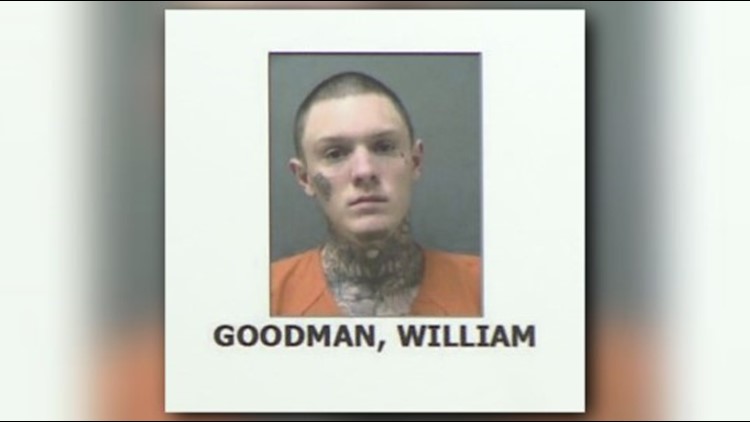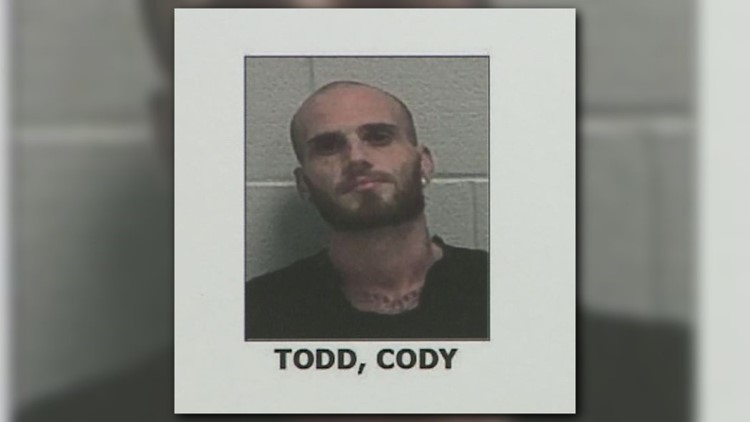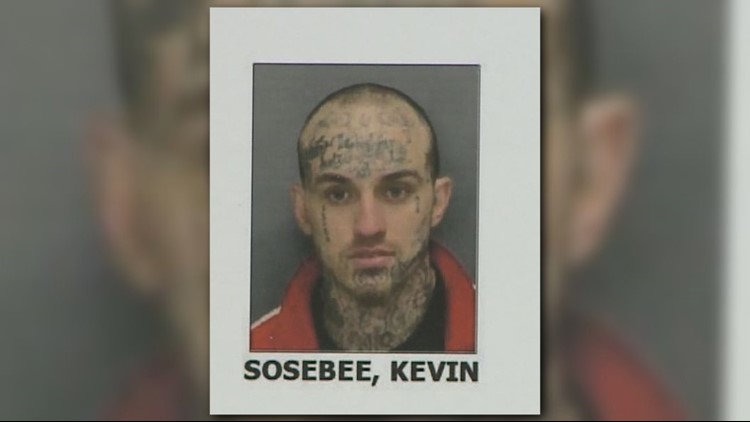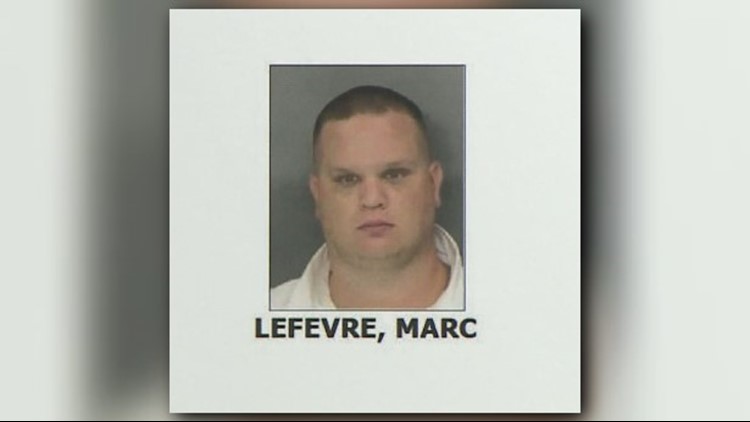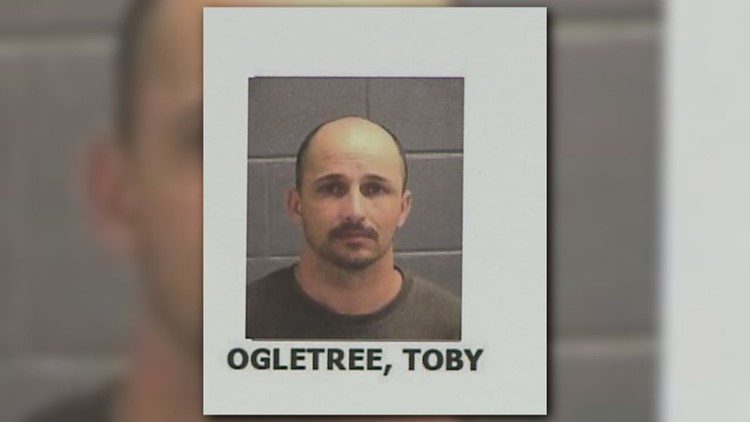Drugs hidden in cabbage. Cell phones dropped off in prison by drones. Gang members pinning down fellow members and cutting off tattoos. Attacks on law enforcement. Authorities laid out details of the Ghostface Gangsters organization Tuesday while unsealing a 21-count indictment against 23 members.
Byung J. “BJay” Pak, the U.S. Attorney for the Northern District of Georgia, said authorities have dealt a “significant blow” to the dangerous gang responsible they say is responsible for the deaths of several members of law enforcement in Georgia.
“The Ghostface Gangsters gang is very violent and their members will not hesitate to shoot at anyone,” said Pak.
The gang originated in the Cobb County Jail in the early 2000s, and has spread to other Georgia counties and beyond state borders, Pak said. There are currently more than 5,000 members in Georgia, and others in Tennessee and Alabama. Most members are in prison, but some are outside, Pak said.
In Georgia, Pak said the gang’s members are responsible for shooting at 12 officers in the past four years. Five of those officers were shot; three were killed, including two Department of Corrections officers.
PHOTOS: Ghostface Gangsters arrested
PHOTOS: Ghostface Gangsters arrested
In Georgia, gang members are responsible for shooting at 12 officers in the last 4 years. 5 of those officers were shot, 3 of the 5 shot were killed (Polk County), including two Department of Corrections officers in Putnam County and Polk County Police Detective Kristen Hearne, Pak said.
“We will continue to attack these criminal enterprises that drive violence and fear throughout our state,” Pak said.
Charges included in Tuesday’s indictment range from drug trafficking – both inside and out of prison, violent assaults against “innocent citizens”, fellow gang members and the murder of law enforcement officers.
“The Ghostface Gangsters gang flourished through recruitment, intimidation, and perpetration of heinous crimes, and it is critical that law enforcement agencies take aggressive actions against these criminals," said ATF Acting Special Agent in Charge John Schmidt.
The indictment alleges gang members attempted to kill two fellow gang members – one shot in the eye, the other stabbed in the neck for violating gang rules. The indictment alleges gang members tried to kill -- or did kill -- six law enforcement officers.
“The Department of Justice will not tolerate such brazen attacks on the honorable men and women of law enforcement who defend the innocent, who protect our families, our communities and our countries from drugs and violence, “ said David Rybicki, Deputy Assistant Attorney General of the U.S. Department of Justice.
In one incident, two gang members – on the order of another – cut the tattoo of another gang member because he’d violated gang members.
Only three of 23 named in the indictment weren’t already in custody, according to Assistant United States Attorney Katherine Hoffer.
“Some of them are in prison, some of them are in jail on local charges,” she said.
The group is highly organized into different levels of leadership, including the founding pillars, those having a “seat at the table,” “First Lady,” state-wide positions consisting of security, violator, structure board, education coordinator, living coordinator, communications coordinator, investigator, enforcement coordinator, recruiter, planning and strategy, treasurer, legal coordinator, meeting coordinator and event coordinator.
Hoffer said that while the gang is majority white, they are not a white supremacist group.
“Some of them claim to want to have other members – black, African-American members – others claim they don’t, so there’s a mixed feeling about that,” Hoffer said.
Business is conducted behind bars using cell phones, Georgia Department of Corrections Commissioner Gregory Dozier said. They use the phones to continue drug sales, communicate with other gang members or even conduct video conferences.
The phones get in the jail in a variety of ways: family members bring them in, prisoners get them while out on work detail, produce trucks.
“Lately we’ve been having to check the cabbage extremely closely,” Dozier said. “They’ve been holed out and are full of drugs and cell phones.”
Drones are the biggest issue lately, Dozier said.
“We have had drones breeching our perimeter and dropping contraband packages off in different locations in the facility. And if you know anything about the technology of drones these days, you can have a cell phone and have the coordinates and that drone can fly directly to the coordinates. So if an inmate has an illegal cell phone and turns it on, they can actually have it fly to that person.”
Dozier said nets, scanners and metal detectors are used to try to combat drones and prevent contraband from entering into the facility.
While six women were among those indicted Tuesday, females are a low percentage of actual gang members, most are termed “associates”.
Some of the gang members live among the public in Cobb County and north Georgia.
“Some don’t look like gang members. Some do. Some are heavily tattooed. Some of the women look like regular, normal women,” Hoffer said.


